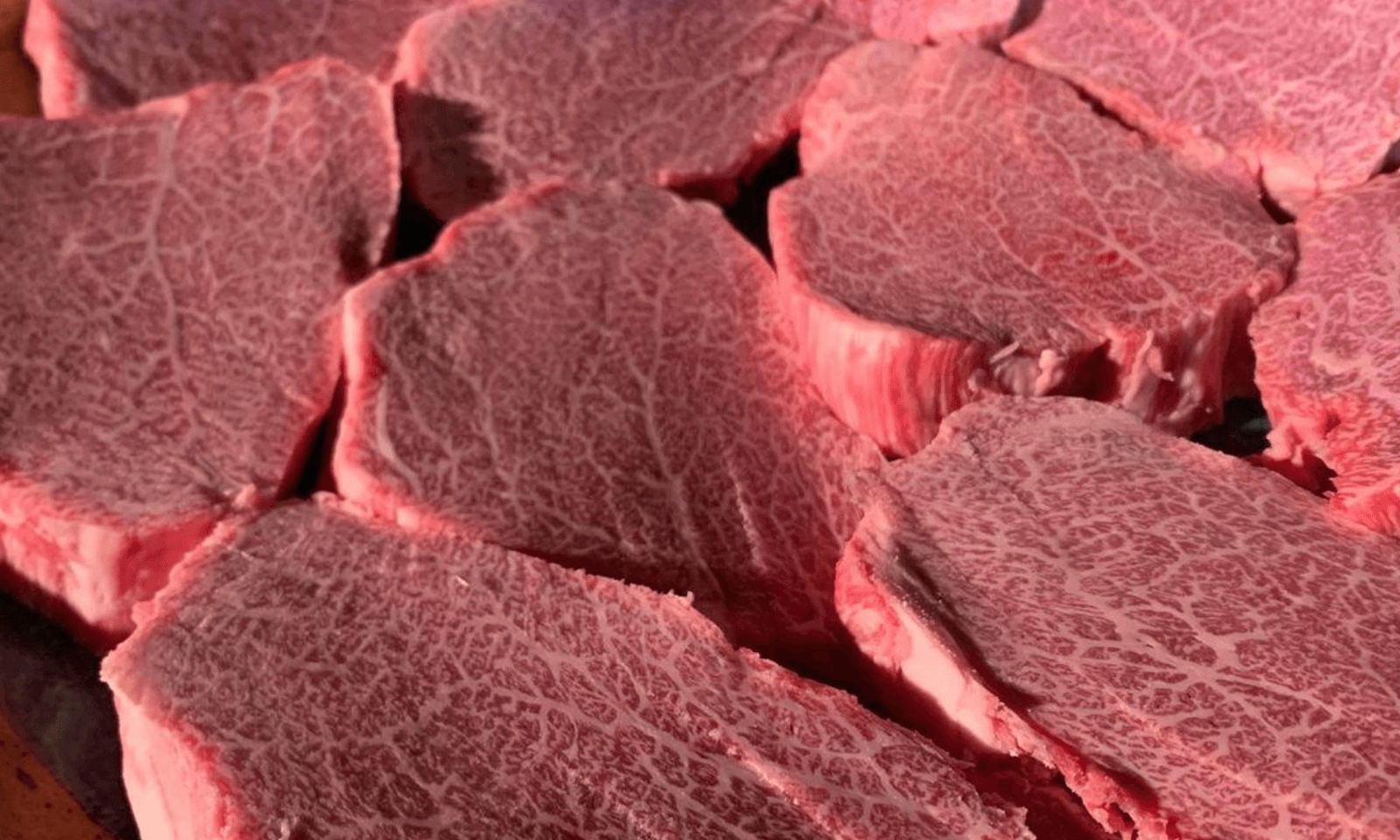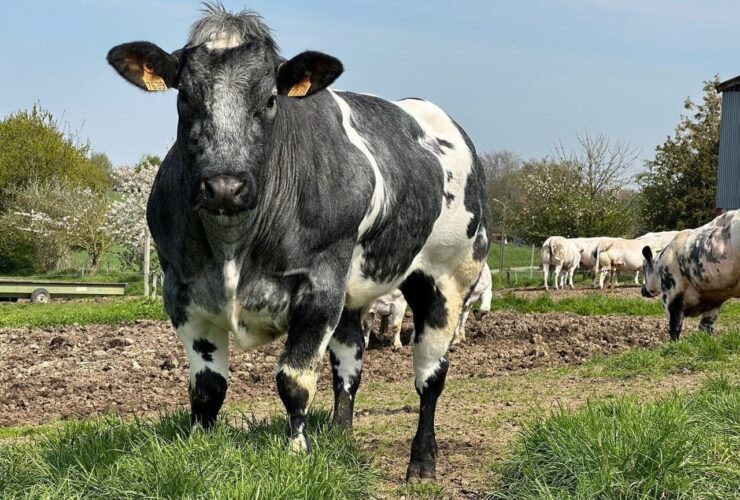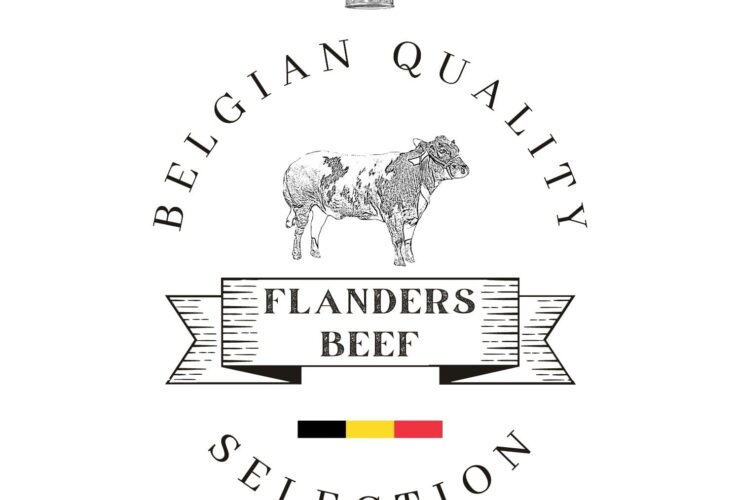Beef Tenderloin: Beef Cut With the Prized Tenderness
Tender and delicious, tenderloin is the most regarded cut of beef that is quite expensive too. As a beef buff, you might have teased your taste buds with the most popular cuts, steaks and beef recipes, but did you ever try to get into the details of it?
If you relish the flavors, you should unravel the secrets as well. And as this cut is delicious, the information pertaining it is interesting too. So, let’s begin talking the tenderloin beef.

The portion or tenderloin cut
Tenderloin is the oblong muscle (also known as the psoas major) that extends along the rear portion of the spine, from hip bone to the thirteenth rib, right behind the kidney. As the muscles do not get much exercise, it’s the most tender cut of beef. The most interesting thing about tenderloin is its encapsulation of crumbly fat, also called as kidney fat or suet. You can use it the same way like other animal fat.
Very skinny, smaller muscle called psoas minor runs the length of the tenderloin. You may prefer to keep or remove it. Iliacus or the side muscle or wing muscle remains there at the other end.

Cooking secrets
Achieving cooking perfection with this steak may be tricky, but not at all difficult. Just cook it quickly over high heat on a grill so that the exterior becomes crusty brown while leaving the interior juicy and medium rare (also known as the Maillard reaction). Alternatively, searing it in a smoking hot skillet on the stovetop at before finishing it in an oven at around 250 degrees can offer delectable results.
As a seasoning lover, you can keep it minimal with nothing more than kosher salt (fleur de sel) and freshly ground black pepper. In other ways, you can serve it with red wine pan sauce or a buttery, silky béarnaise if desired. However – in our opinion – a good tenderloin steak doesn’t necessarily need a sophisticated marinade or sauce. Let the beef speak for itself and serve it ‘au naturel’!
Flavor
You know it’s a lean cut with little marbling (means low intramuscular fat). In culinary terms, marbling lends the flavor and moistness to a beef cut. That’s why despite its popularity, tenderloin is often not mentioned along flavorful cuts of beef. However, serving tenderloin cuts from beefs as Zagt Holstein or Japanese A5 Wagyu will induce the desired flavor one seeks. These tenderloins find themselves at the ultimate crossing point between flavor and texture.

Japanese A5 Wagyu tenderloin (filet mignon)
We know that as a meat lover you drool over Japanese A5 Wagyu! Indeed it is something to delight your taste buds like nothing else. And the tenderloin from Japanese A5 Wagyu is WOW just like any other Wagyu A5 portion.
As you might have realized by now, it’s quite expensive and many even argue that it’s unbeatable in terms of tenderness. As the Wagyu cows are known for their special environment and care, the special mouthfeel comes from this part as well. It’s tender and lean. What makes it even more expensive is the limited supply. The yield of meat can be as small as 10 to 12 pounds total per animal. It’s expensive for no nonsense reasons.
Along with the prized tenderness, the filet has a sweet flavor. The muscle is usually sedentary so it is supple. In Wagyu, particularly 100% Fullblood Wagyu, the tenderloin or Filet Mignon has exquisite marbling. Consequently, you are left to crave for a more velvety flavor than tenderloin from other breeds of beef. Try it yourself and you won’t be able to settle for less!

Final conclusion
For many, tenderloin is considered the best cut of all beef. In particular, tenderloin from Japanese Wagyu A5 or Dutch Zagt Holstein is beyond praises. Words won’t do any justice to it. Just feel its exquisiteness and flavor to decide all by yourself. But, don’t forget to prebook as the stocks deplete faster than you can even think.




